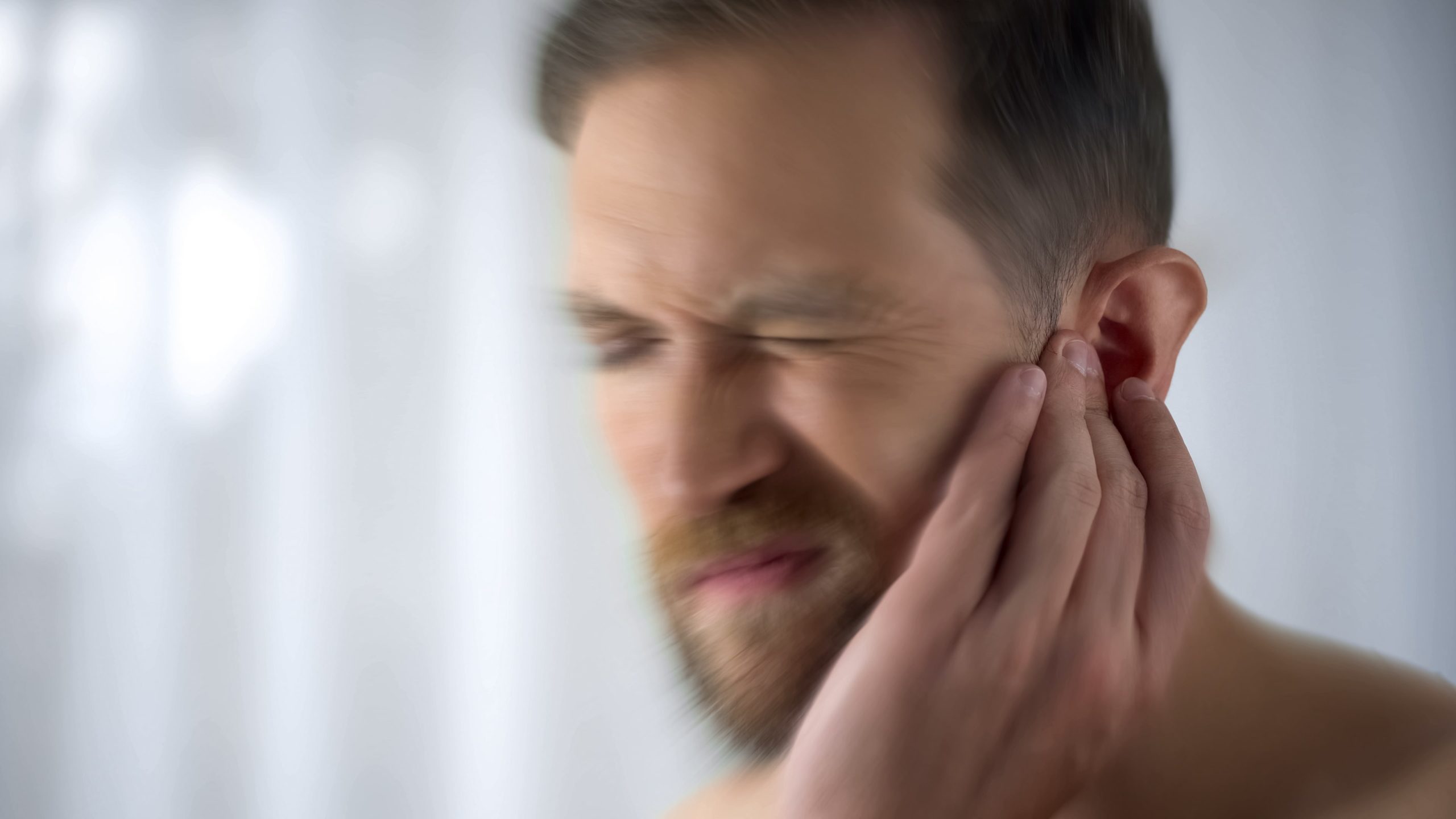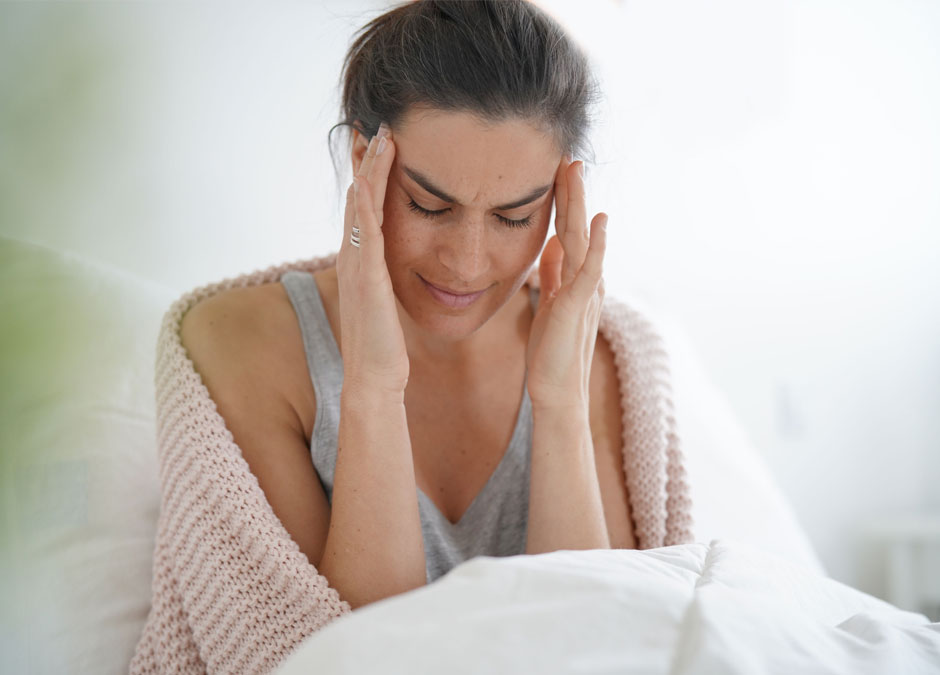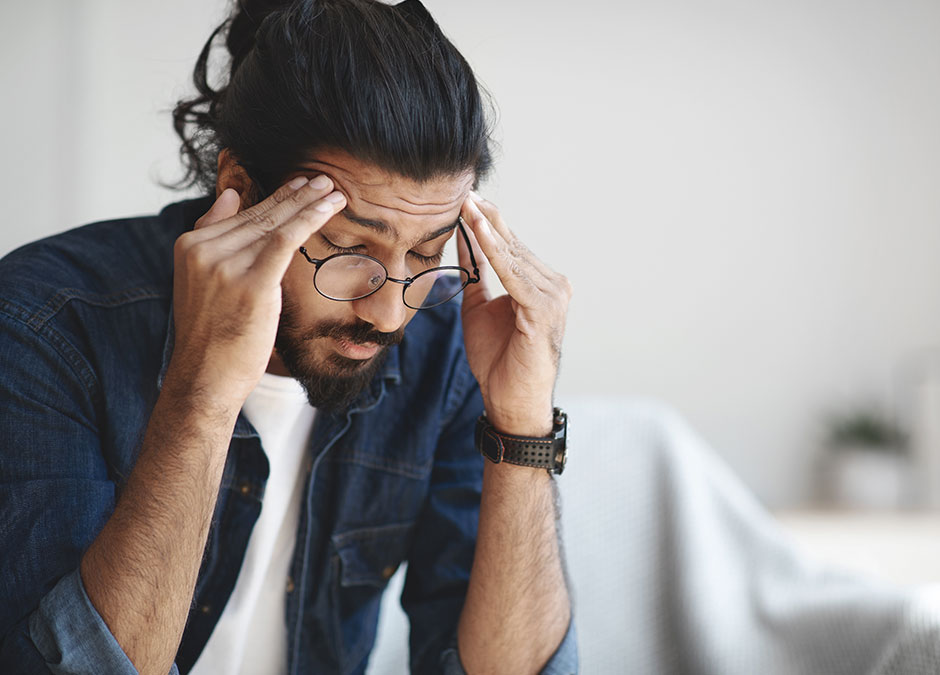Cluster headache is a primary headache disorder and is usually on one side of the head near the area of the eye. Classified as trigeminal autonomic cephalalgias, cluster headaches are a group of headache attacks all at once. They are excruciatingly painful and often occur spontaneously along with other autonomic symptoms lasting anywhere from 45-90 minutes. Many things can trigger an attack including the use of tobacco or alcohol, poor sleep habits, dehydration, and even warm climates. Dr. Stan Farrell focuses on the treatment of all types of headaches including cluster headaches. Dr. Farrell is Board Certified and a member of the American Headache Society and a Diplomate with the American Board of Orofacial Pain, making him one of the best choices for your migraine headache treatment. If you or someone you know is experiencing the signs and symptoms of cluster headaches, please schedule an appointment for a consultation with Dr. Farrell at 480-945-3629 or visit www.headpaininstitute.com
Miller S, Matharu MS. The National Hospital for Neurology and Neurosurgery, Queen Square, London, UK. Institute of Neurology, London, UK.
Abstract: Cluster headache is a strictly unilateral headache that occurs in association with cranial autonomic features. Although it can begin at any age, the most common age of onset is in the third or fourth decade of life. The diagnosis is purely clinical and it is, therefore, crucial to take a good history looking for its distinctive features. Although cluster attacks are unilateral, the may alternate sides. Pain is excruciating and located mainly around the orbital and temporal regions through any part of the head may be affected. Attacks have an abrupt onset and offset and usually last around 45-90 minutes but can range from 15 minutes to three hours. Attack frequency generally varies from one every other day to three a day, although the International Headache Society criteria state there may be up to eight attacks a day. The key feature of cluster headache is the presence of at least one cranial autonomic symptom during an attack. Alcohol, physical exertion, warm environments, sleep and the smell of volatile substances can all trigger acute attacks. The majority of patients will have episodic cluster headache with recurrent bouts separated by remission periods of more than a month. The remaining 10-20% have chronic cluster headache and no significant remission periods over the course of a year. Specialist advice should be sought at first presentation for confirmation of diagnosis, development of a plan for managing current and future cluster bouts, and where first-line treatments fail.



